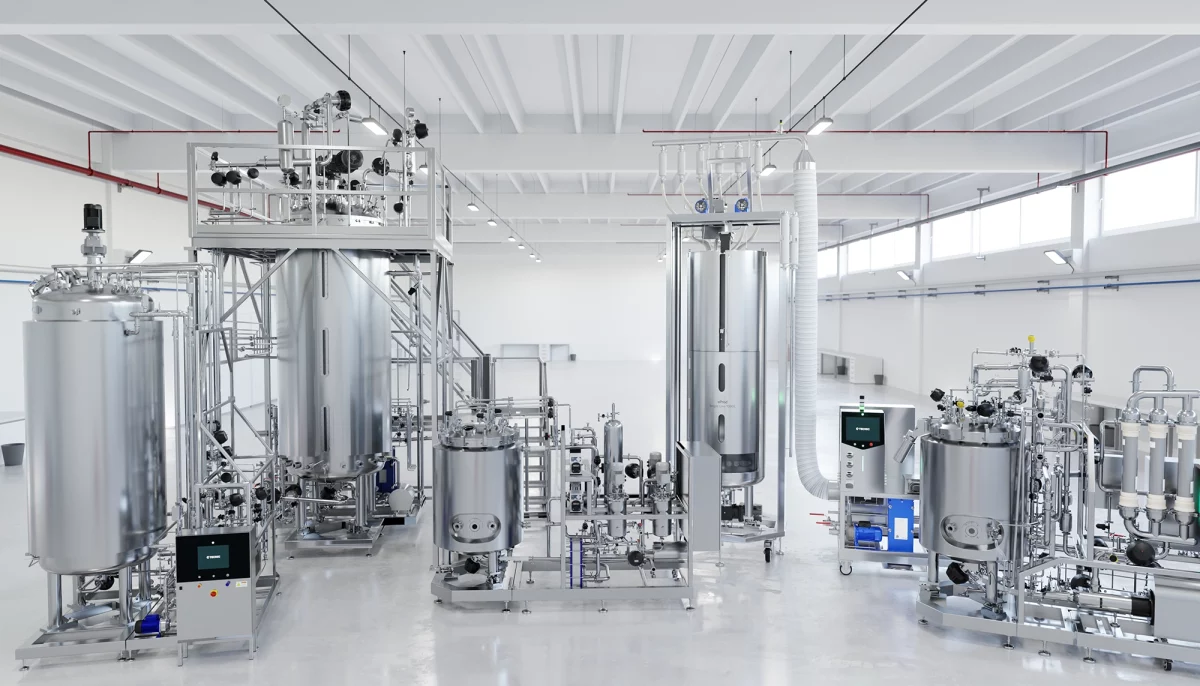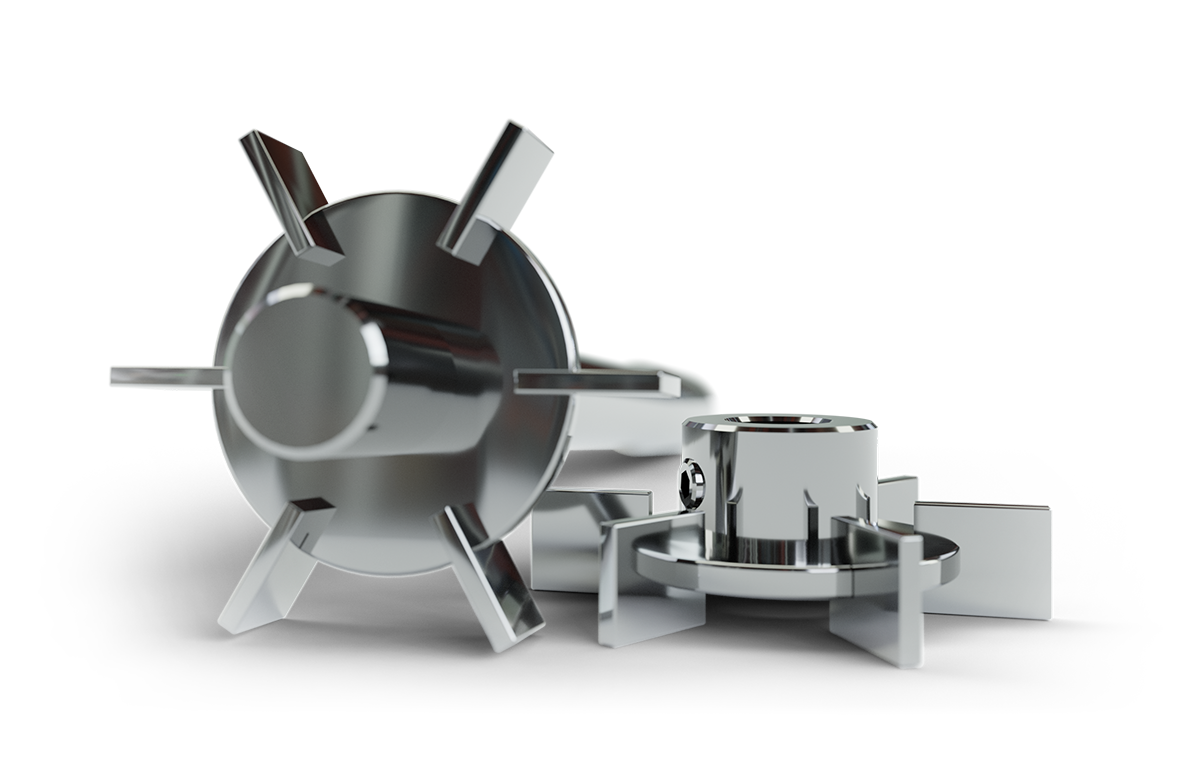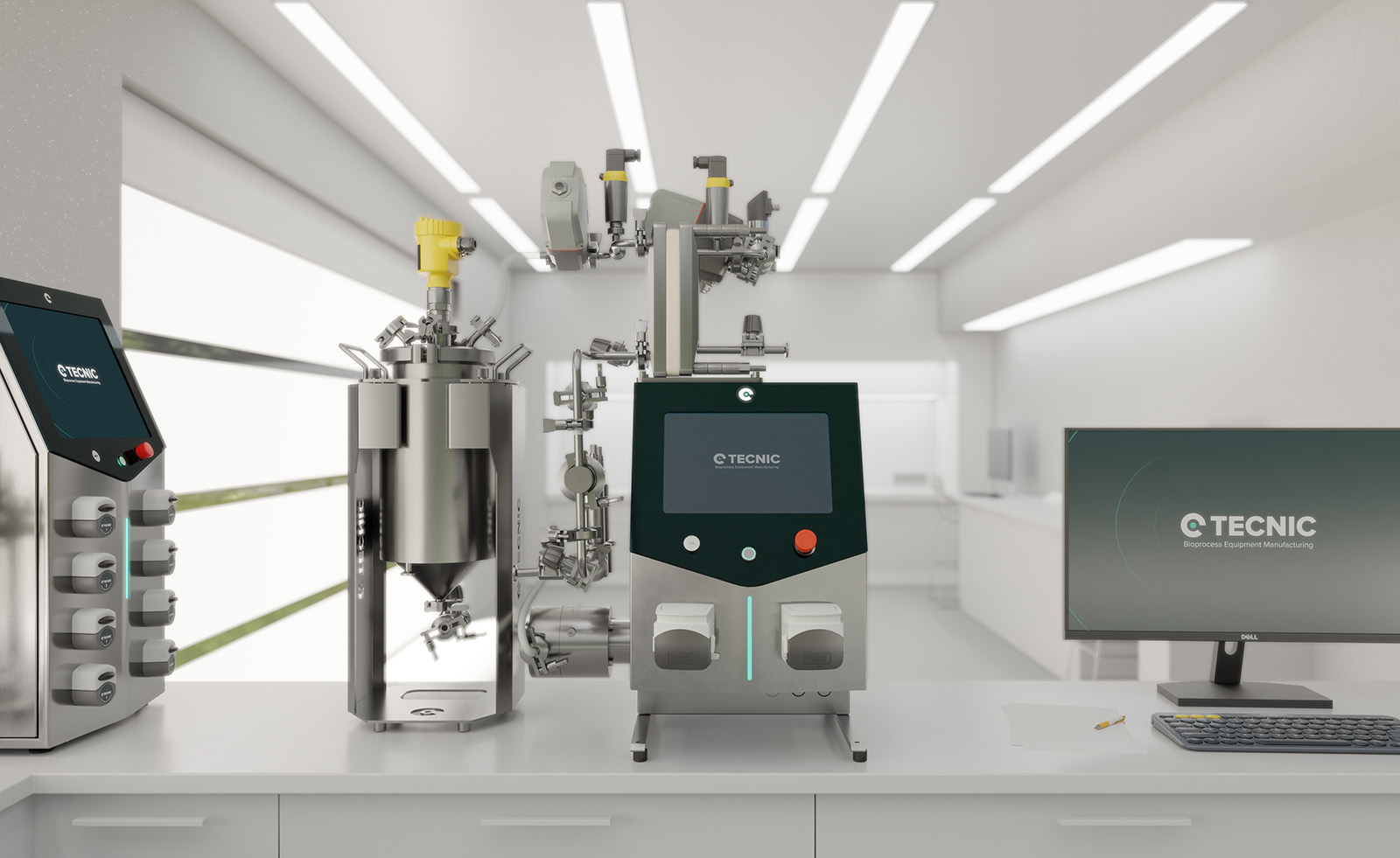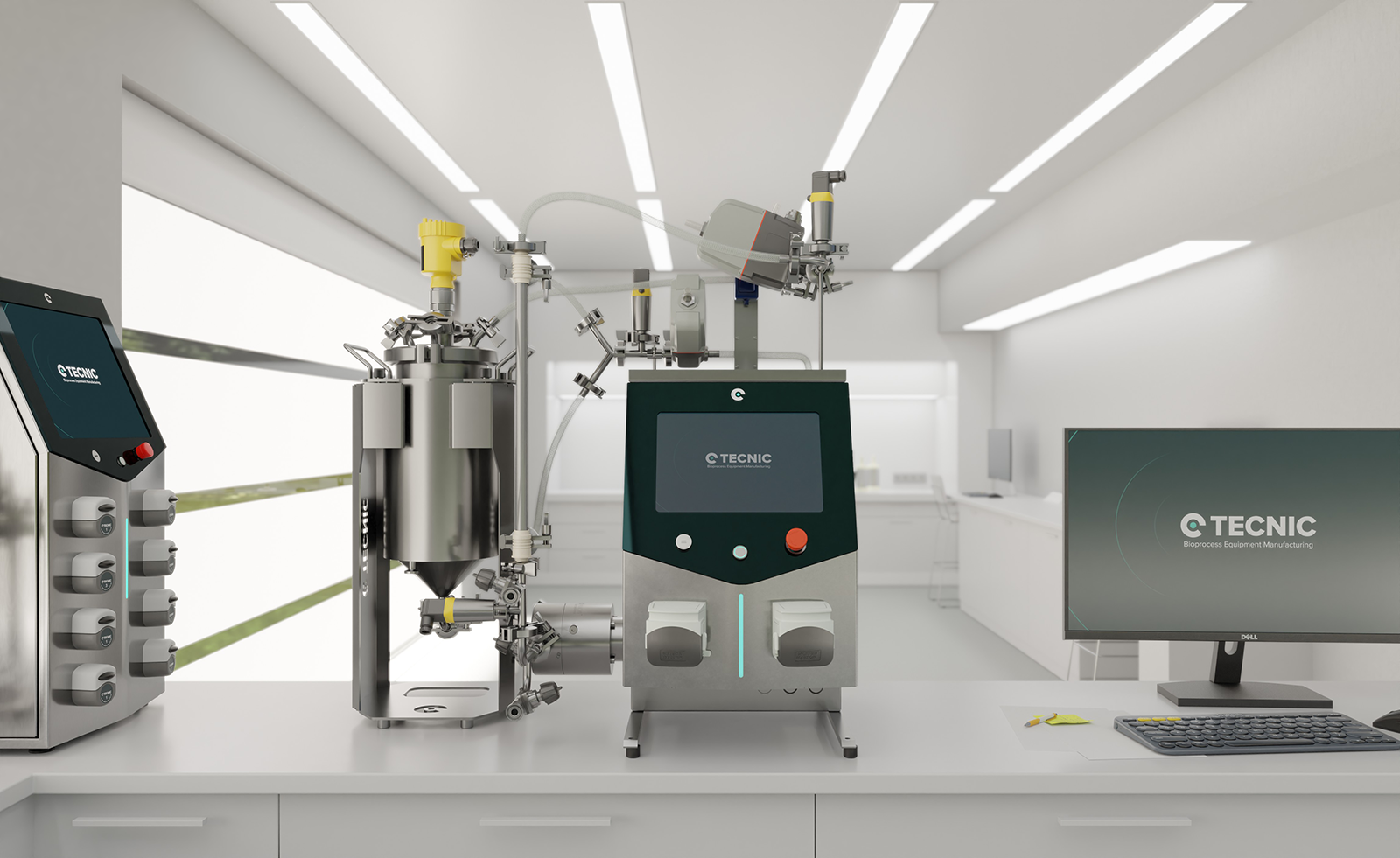An allergy is an exaggerated immune system response to substances that are normally harmless to most people. These substances, called allergens, can include pollen, dust mites, foods, medicines and insect bites. When an allergic person comes into contact with an allergen, their immune system releases histamines and other chemicals that cause the characteristic symptoms of an allergic reaction.
Allergies can be classified into different types, depending on the body's reaction mechanism. There are food, respiratory, contact and drug allergies. Some people develop allergies from childhood, while others may become allergic to certain compounds over time. It is important to identify the triggers of an allergic reaction to avoid serious complications and improve the patient's quality of life.
A curious aspect of allergies is that they can appear suddenly in people who previously had no adverse reaction to certain allergens. This can occur due to a combination of genetic factors, repeated exposure to the allergen and changes in the immune system. Over time, the immune system may develop a hyper-reactive response to a substance that was previously well tolerated. Factors such as stress, previous infections or even alterations in the gut microbiota can trigger the development of a new allergy overnight. This phenomenon is still being studied in the field of immunology, as understanding its mechanisms may help to prevent and treat late-onset allergies.
Signs and symptoms of allergies
Symptoms of allergies can vary depending on the type of allergen and the sensitivity of the individual. Some of the most common signs include:
- Sneezing and runny nose.
- Itchy eyes, nose and throat.
- Hives and rashes.
- Difficulty breathing or wheezing (allergic asthma).
- Severe reactions such as anaphylactic shock (in extreme cases).
Allergic reactions can be mild, moderate or severe. In the most severe cases, anaphylaxis can be life-threatening. This type of reaction usually develops within minutes of exposure to the allergen and involves symptoms such as difficulty breathing, swelling of the throat, low blood pressure and loss of consciousness. It is essential to have a plan of action in place and, in some cases, to carry an epinephrine auto-injector with you at all times to treat severe episodes.
Diagnosis of allergies
To determine whether a person is allergic and to which substances, various diagnostic tests can be performed:
- Skin tests: these consist of applying small amounts of allergens to the skin and observing the reaction. This method is quick and allows the immediate response of the immune system to be evaluated.
- Blood tests: Detect the presence of specific IgE antibodies to certain allergens. It is recommended in cases where skin tests are not feasible, such as in patients with skin diseases or use of certain medications.
- Provocation tests: Small doses of the allergen are administered under medical supervision to assess the patient's reaction. These tests are useful for diagnosing drug and food allergies, but must be performed in a controlled environment due to the risk of severe reactions.

Treatments for allergies
Treatment of allergies can focus on prevention, symptom relief and desensitisation:
Antihistamines
They block the action of histamine to reduce symptoms and are effective in treating mild or seasonal allergies. There are different types of antihistamines, such as first and second generation antihistamines. First-generation antihistamines can cause drowsiness and are mainly used to treat severe allergic reactions, while second-generation antihistamines have fewer side effects and are commonly used for seasonal and chronic allergies. In addition, some antihistamines are available in topical forms, such as creams and sprays, which help to reduce itching and inflammation on the skin.
Corticosteroids
They reduce inflammation in severe cases, especially in patients with asthma or allergic dermatitis. They can be administered as tablets, injections, inhalers or creams, depending on the type and severity of allergy. Inhaled corticosteroids are essential in the management of allergic asthma, while topical corticosteroids help to reduce inflammation in the skin caused by contact dermatitis or eczema. However, their prolonged use should be supervised by a doctor, as they may have side effects such as weakening of the skin or suppression of the immune system.
Immunotherapy
This involves administering controlled doses of the allergen to induce tolerance in the immune system. This treatment is done through injections or sublingual tablets and can provide long-term relief. Immunotherapy is used especially in patients with severe respiratory allergies, such as allergic rhinitis and allergen-induced asthma, as well as in people with insect sting allergies. In many cases, this treatment can significantly reduce the patient's sensitivity to the allergen and, in some cases, even eliminate the allergy altogether. The immunotherapy process can take several years, but its benefits can be long-lasting, improving the patient's quality of life and reducing the need for symptomatic medication.
In addition, avoiding contact with the allergen is a key strategy in allergy management. It is recommended to maintain dust-free environments, avoid allergenic foods and use hypoallergenic products. In cases of severe allergies, patients should have an emergency plan in place and carry appropriate medication.
The technology behind the treatments
Advances in biotechnology have enabled the development of new allergy treatments using bioreactors and tangential flow filtration (TFF) systems. This equipment enables the production of highly specific biological therapies, such as monoclonal antibodies and desensitisation vaccines.
- Bioreactors: They facilitate the production of recombinant proteins and antibodies used in immunological therapies. At TECNIC, we have single-use and multi-use bioreactor solutions that optimise the manufacture of these treatments. Production in bioreactors guarantees rigorous control of the culture conditions, allowing high quality and purity biological drugs to be obtained.
- TFF systems: Used for the purification of active ingredients used in vaccines and allergy treatments. Thanks to TECNIC's TFF technology, an efficient and scalable production of these biotechnological compounds can be guaranteed. These systems allow the separation and concentration of biomolecules, optimising the production of immunotherapies for allergic patients.
Biotechnological treatments have revolutionised the management of allergies, offering more specific and personalised solutions. Unlike traditional treatments, which only alleviate symptoms, biological therapies can modify the patient's immune response, providing a long-term solution.

Conclusion
Allergies affect millions of people worldwide, but advances in biotechnology are revolutionising their treatment. TECNIC plays a key role in this process, providing innovative technologies such as bioreactors and TFF filtration systems that enable the development of safer and more effective therapies. As immunology research progresses, the future of allergy treatment promises to be more personalised and effective.
The integration of biotechnology into medicine has opened up new possibilities in the fight against allergic diseases. Thanks to advanced platforms for the production and purification of biomolecules, more precise treatments with fewer side effects are being developed. In time, we are likely to see even more innovative therapies capable of offering a definitive cure for various allergies, thus improving the quality of life of patients worldwide.
Frequently Asked Questions (FAQ)
Allergies can develop over time due to continuous exposure to an allergen, changes in the immune system or environmental and genetic factors.
There is no definitive cure, but treatments such as immunotherapy can reduce sensitivity and significantly improve the patient's quality of life.
Yes, a predisposition to develop allergies can be inherited, although the specific type of allergy is not always passed down through families.
Colds usually last one to two weeks and may include fever, while allergies persist as long as there is exposure to the allergen and do not cause fever.
The most common include milk, eggs, peanuts, tree nuts, shellfish, wheat and soy. It is essential to identify and avoid foods that trigger a reaction.










